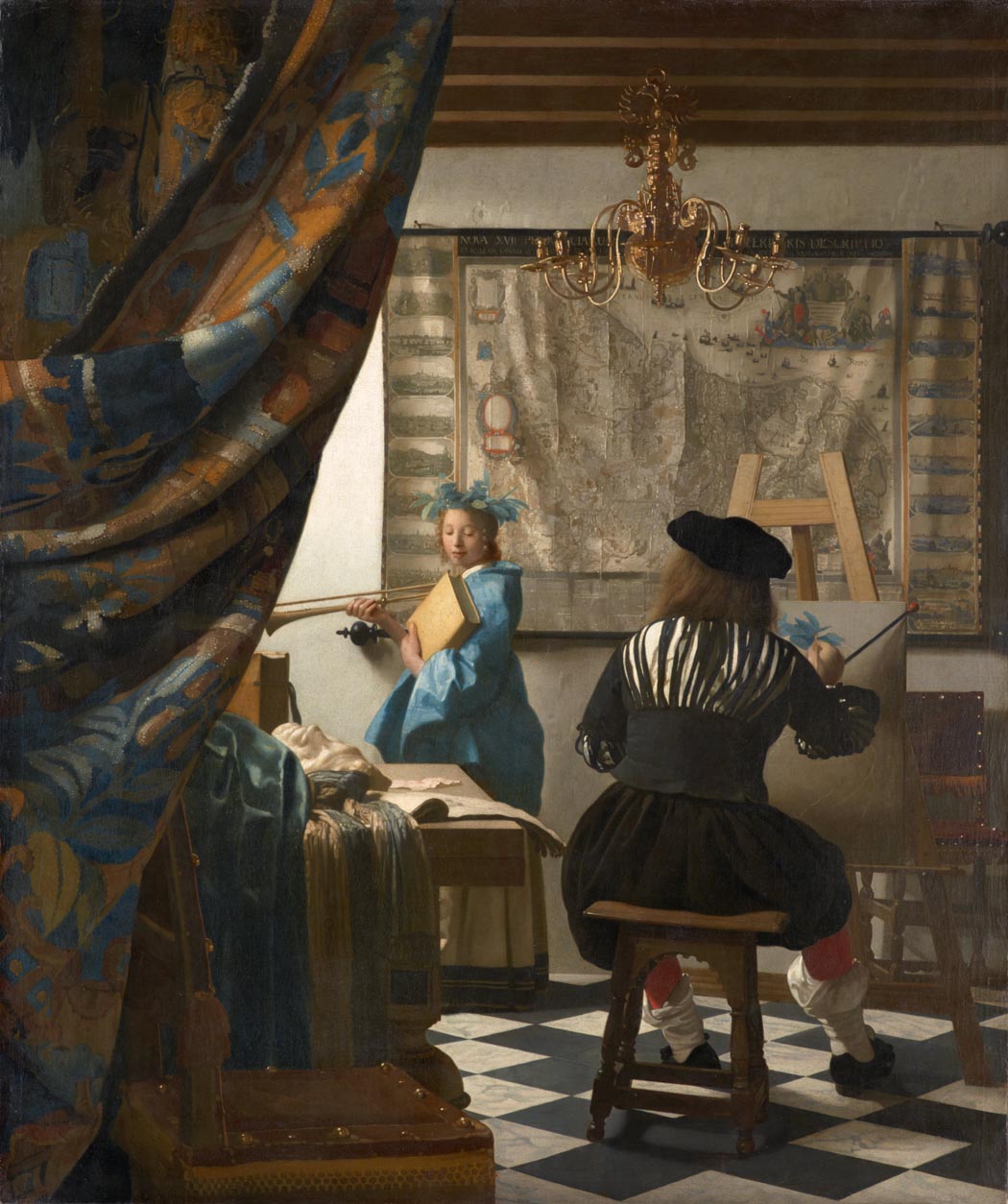
• Carefully rendered depictions of real-world places, characters, creatures, and/or objects
Highly rendered representational art invites the viewer to spend time with a subject or scene as the artist has. We are given an opportunity that we might not otherwise have to look deeply into a character, to appreciate scenes and objects of beauty or to challenge ourselves to see that from which we might otherwise look away.
Mark making is hidden or minimized through careful rendering, so there is little or no reference back to the hand of the artist. In this way, the artist creates an immersive experience for viewers, allowing them to dwell in the depicted scene for as long as they like.
When artists draw or paint someone or something they love, it might be an act of honoring or paying respect. Artists might also choose to encounter or confront that which they finds repellant. Or, an artist might choose something completely random to study, in order to highlight its worthiness due to the simple fact that it exists, presenting an aspect of life or society that is normally overlooked.
The prolonged attention required for detailed representation can open the artist to a deeper relationship with the subject, and the resulting piece can document that relationship in a way that a photograph might not. The subject is revealed to us through the artist’s concentrated observation. We sense the hours of focused attention and are challenged to see with similar attention and observation.
Featured: The Artist in HIs Studio by Jan Vermeer.